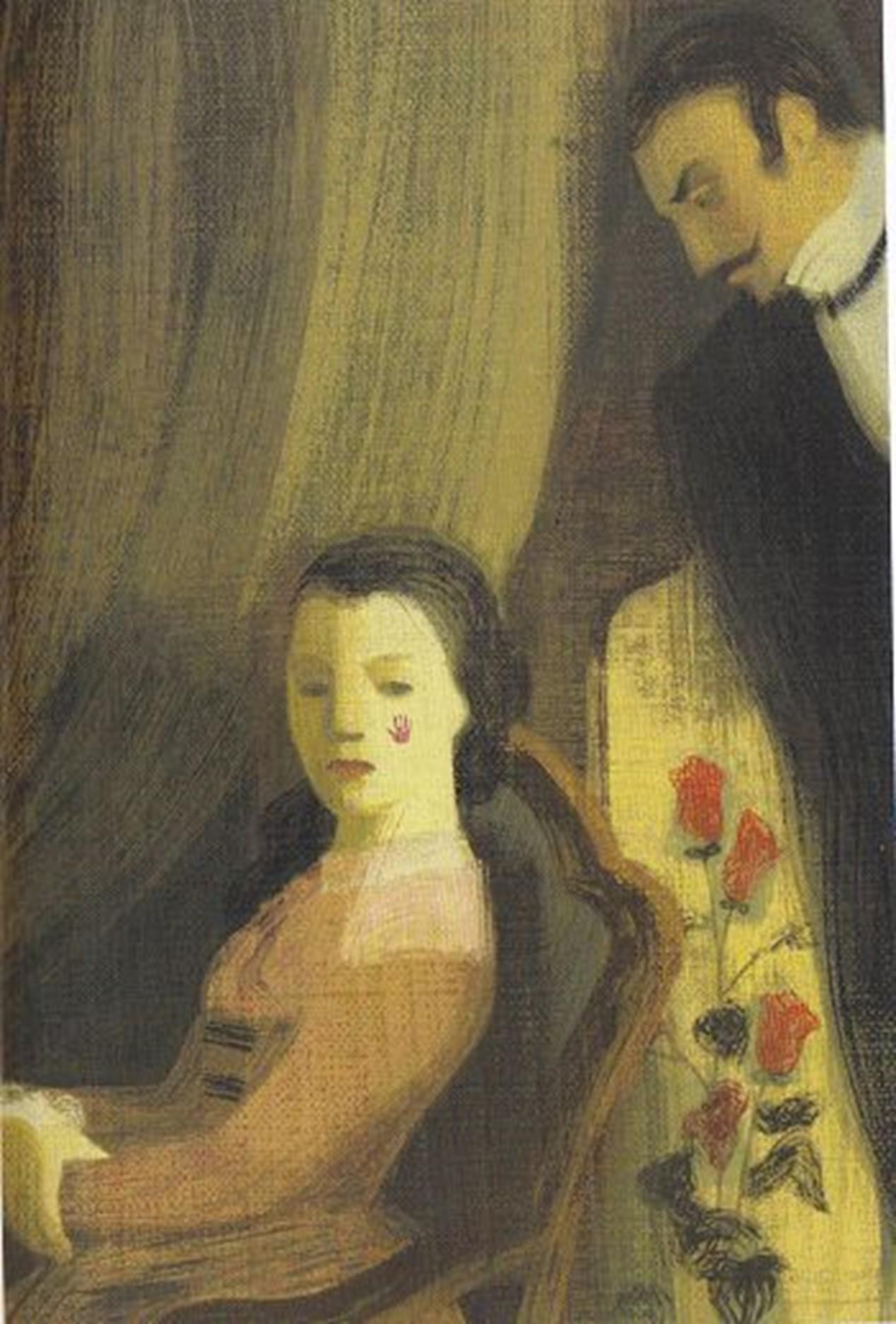Created by Kaitlynn Wolffe on Mon, 05/06/2024 - 10:14
Description:
In understanding death, there are many who try to resist. Then, there are those who go beyond resisting, and try to find ways to bypass it altogether. Despite this, the fragility of life and the inevitability of death puts these attempts to a stop every time. While human ambitions are infinite, so is the fundamental truth; that it is futile to try and reach above the powers of nature and the Earth, and achieve human perfection. This theme is presented across literature of all time periods, as this pursuit remained an unconscious goal. Yet, many people, including one author Nathanial Hawthorne, understand that this pursuit crosses a line that cannot be crossed. Hence, within Hawthorne’s short story “The Birthmark,” he works to explore this concept of human perfection and unbridled ambition. A “dramatization of the destructiveness of that impulse,” the story follows the tragic story of a scientist, Aylmer, who becomes obsessed with erasing a small, hand-shaped imperfection on his young wife’s cheek, depicted in the painting above (Zanger 371). The scratchy brushstrokes and muted colours serve to set the tone, creating a dull background for the birthmark to harshly stand out, at her husband’s disgust and dismay. Within the story, Aylmer succeeds in removing the birthmark, but this causes the shocking death of his wife, who declares that his ambitions were too high: “’My poor Aylmer,’ she said gently. ‘You have aimed so high. With so high and pure a feeling, you have rejected the best the Earth could offer…” (4). On one level, this birthmark stands to represent mortality, and Aylmer’s obsession with the mark reflects his obsession with and fear of mortality itself. The birthmark serves to mark Georgina, Aylmer’s wife, with the symbol of human flaw and mortality, and that they are destined to one day die.
This theme of resisting mortality is apparent in many scenes within the story. In working to erase the mark, the couple mention a rumoured potion of immortality many times. Although Aylmer states he is against it within the story, as it would “cause an unbalance within nature,” he likely unconsciously desires such a condition for his wife (3). Yet, this desire ends up leading to tragedy, as Aylmer, “who first identifies his wife’s birthmark as an imperfection and then, in striving to improve her, kills her” (Zanger 366). Aylmer’s attempt to create perfection within his wife represents an active resistance to human mortality, as “Aylmer saw the mark as a sign of his wife’s eventual sadness, sickness and death” (Hawthorne 2). The novel serves as a warning and a display; Aylmer had worked so hard to give his wife eternal life (and thus perfect beauty). His actions could even be seen as successful. He succeeded in removing the birthmark, while also giving his wife immortality – after all, once one dies, one cannot die again. All in all, one should learn from this tale not to pursue one’s ambitions blindly and fervently, as this often only leads to destruction. The powers of nature cannot be superseded by humanity, and any attempts will lead back to its own futility.
Works Cited
Clemen, Gina D B. Stories of Suspense. Langenscheidt ELT, 2007.
Hawthorne, Nathanial. The Birthmark. Houghton Mifflin Harcourt, 1846.
Zanger, Jules. “Speaking of the Unspeakable: Hawthorne’s ‘The Birthmark.’” Modern Philology, vol. 80, no. 4, 1983, pp. 364–71. JSTOR, http://www.jstor.org/stable/437071. Accessed 6 May 2024.


